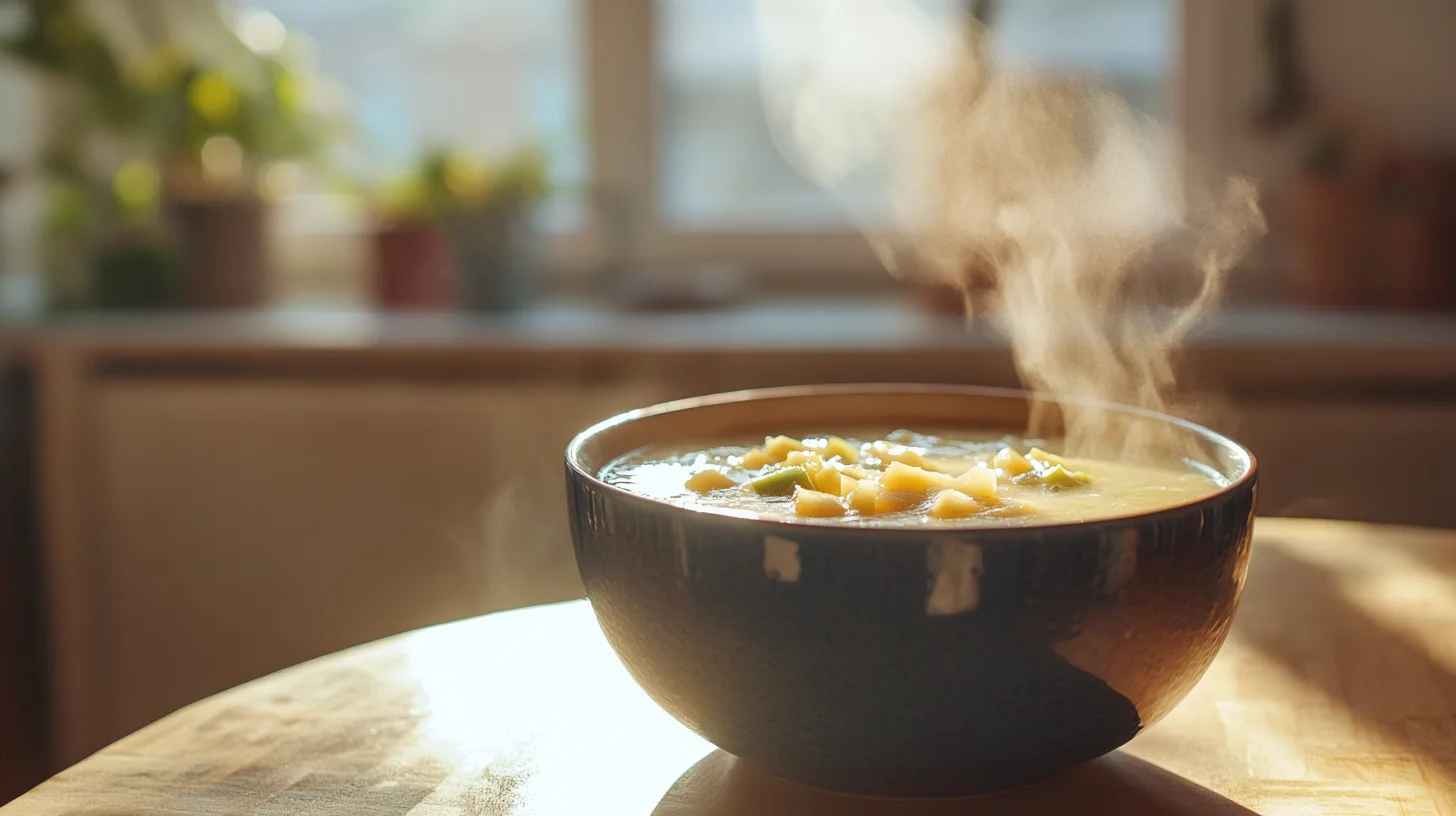Leek and potato soup tastes bitter sometimes—and it’s surprisingly common. Yet when made right, this comforting classic is everything you want on a frosty winter evening. Creamy, hearty, and soul-warming, it’s the kind of dish that evokes memories of cozy family dinners and the simple joy of homemade food. But when that smooth, velvety spoonful delivers an unexpected bitterness, it can be both puzzling and disappointing.
But what happens when this beloved classic betrays us with an unexpected bitterness? That sharp, almost medicinal aftertaste can ruin what should be a soothing experience. If you’ve found yourself wondering, “Why does my leek and potato soup taste bitter?”—you’re not alone.
I stumbled upon this dilemma one chilly January afternoon, determined to recreate my grandmother’s cherished recipe. Everything looked perfect—the leeks were sautéed, the potatoes tender, the broth simmering gently. But with the first spoonful, I was hit with a jarring bitterness that didn’t belong. It took a few failed batches, some deep dives into cooking science, and a lot of taste-testing to get it right. Let me share what I’ve learned so you can skip the bitter surprises.
Overcooked or Poorly Cleaned Leeks: A Hidden Source of Bitterness
Leeks are the aromatic backbone of this soup, offering a delicate, onion-like flavor that’s both sweet and savory when cooked correctly. But here’s the catch—they’re notorious for hiding grit, dirt, and even pesticides between their tightly packed layers.
When leeks aren’t cleaned properly, you risk not only a sandy bite but also a bitterness that intensifies during cooking. Additionally, using too much of the tough dark green tops (which are more fibrous and bitter) can throw off the flavor balance.
Tips to fix it:
- Trim off the dark green tops and use mainly the white and light green parts.
- Slice the leeks lengthwise and rinse them thoroughly under cold water, fanning out the layers.
- For extra cleanliness, soak the sliced leeks in a bowl of cold water, swish them around, and let the dirt sink to the bottom before draining.
A well-cleaned leek makes a world of difference in both texture and taste.
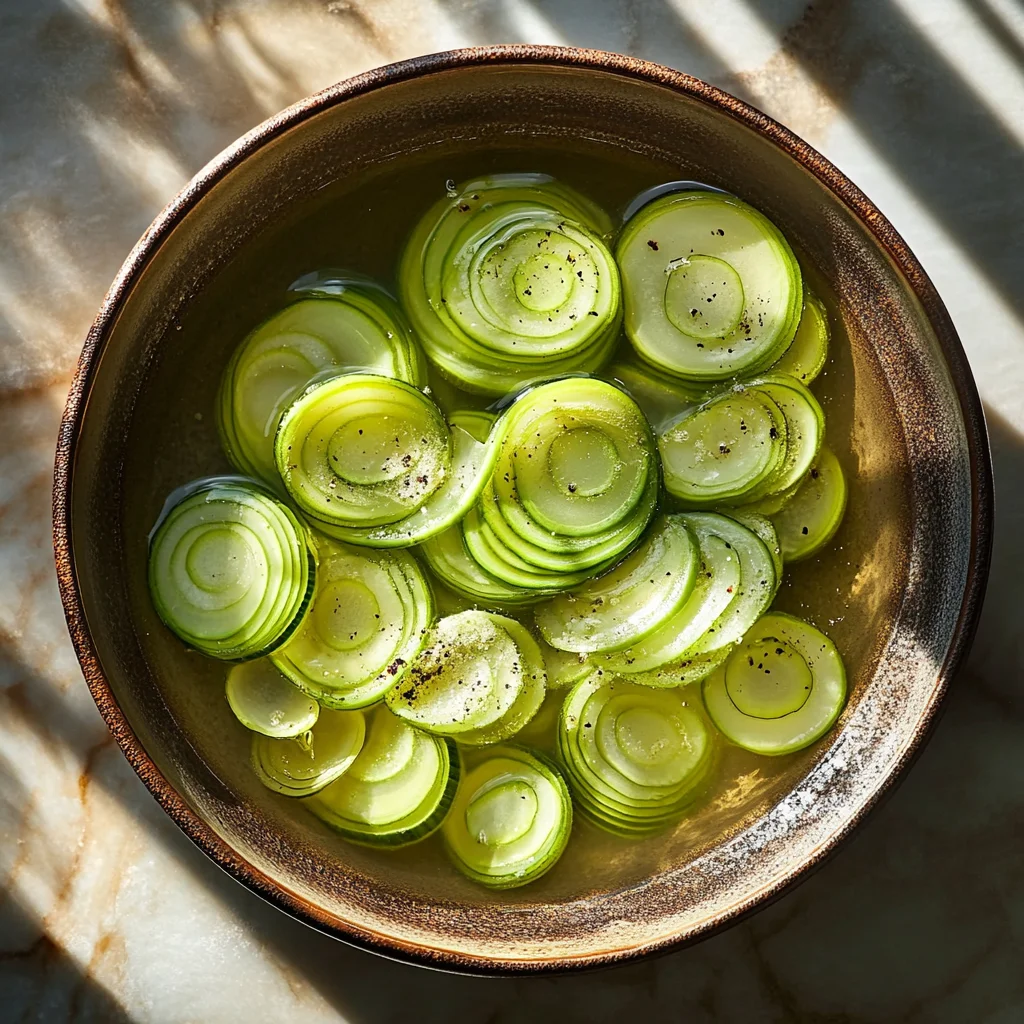
Burnt Garlic or Onions: Bitterness in the Base
Many soup recipes start by sautéing onions and garlic—this builds depth and sweetness. However, there’s a fine line between beautifully golden and slightly burnt, and it’s easy to cross it. Burnt garlic, in particular, releases acrid, bitter compounds that can dominate the soup even in small amounts.
How to avoid this culinary trap:
- Cook onions low and slow until translucent and just beginning to caramelize.
- Add garlic last, giving it only a minute or so to become fragrant—no more.
- If you accidentally burn them, don’t be afraid to start over. It’s better than compromising the entire pot of soup.
Pro tip: use a heavy-bottomed pot for even heat distribution and less risk of hot spots that cause burning.
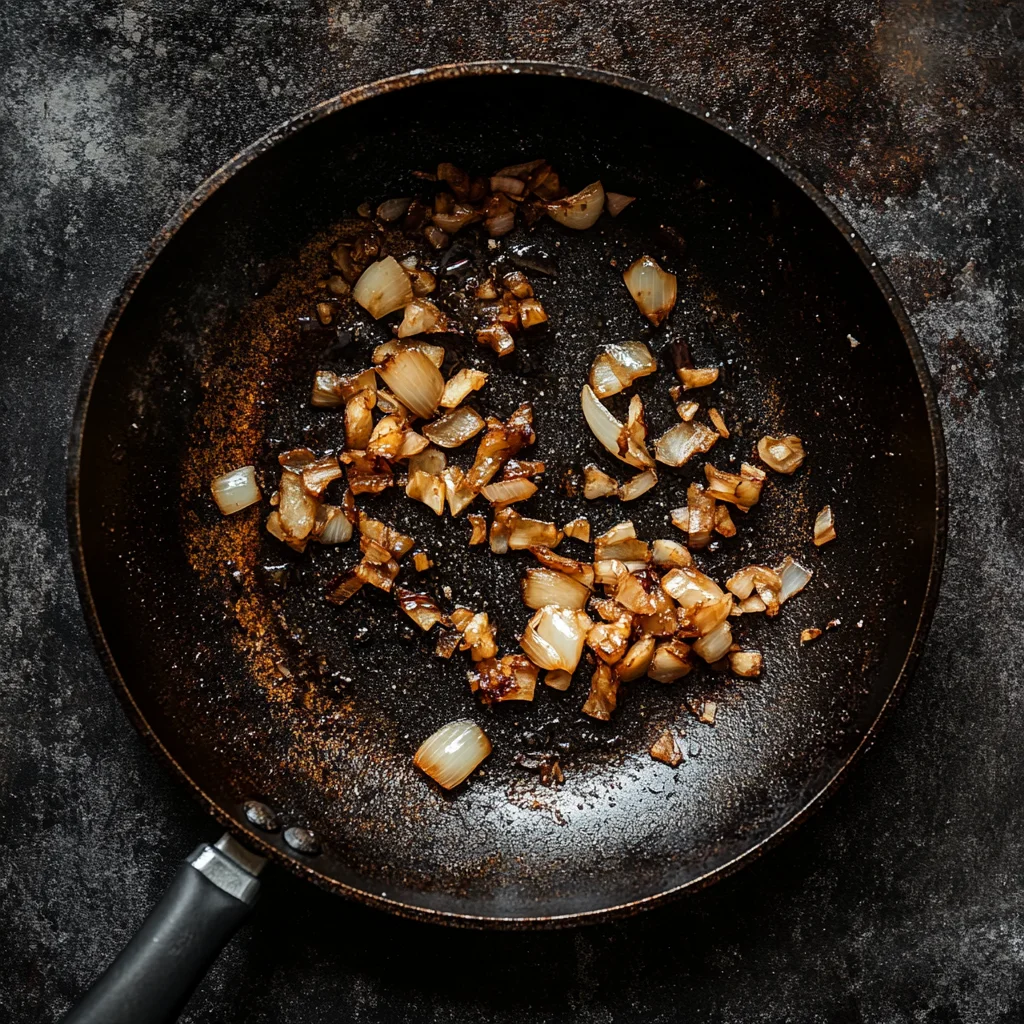
Oxidized or Overboiled Potatoes: When the Star Ingredient Turns
Potatoes are humble, but they’re the heart of this soup. They give it body, creaminess, and mild sweetness. However, they can also be the sneaky source of bitterness if mishandled.
When peeled potatoes sit exposed to air, they oxidize, turning grayish and developing a strange, metallic flavor. Boiling them too aggressively can also cause their starches to break down and release compounds that taste off.
Here’s what you can do:
- Always peel and dice potatoes just before cooking, or store them submerged in cold water to prevent oxidation.
- Simmer gently, don’t boil. Keep the temperature low so the starches release slowly, resulting in a smoother texture and balanced flavor.
- Stick to waxy or all-purpose potatoes (like Yukon Gold or red potatoes) which hold their structure better than russets.
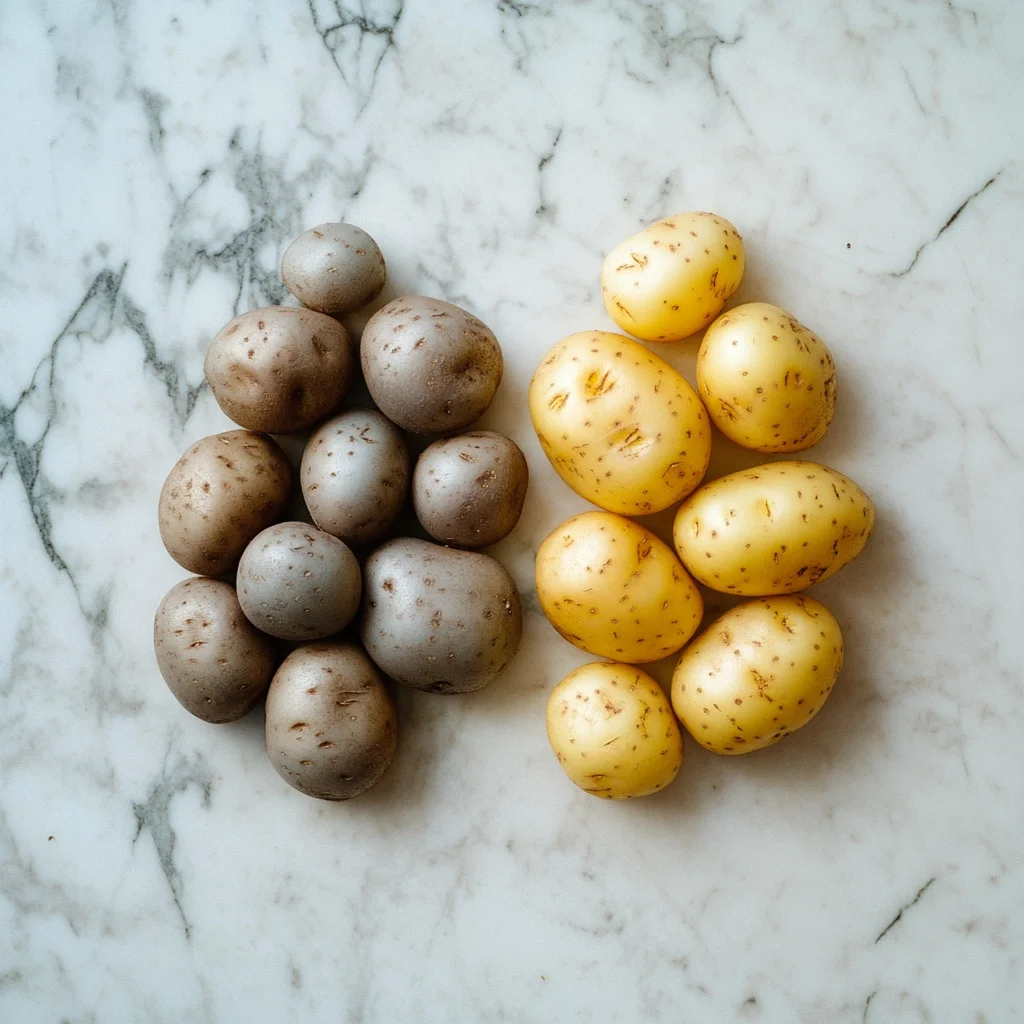
Bitter Broth or Overly Herbal Stock
If you’re using pre-made broth, it could be the root of the bitterness. Some store-bought stocks contain overly strong herbs (like rosemary or bay leaf), excess salt, or preservatives that leave a bitter aftertaste, especially when concentrated during cooking.
Solutions:
- Taste the broth before adding it to your soup.
- Use low-sodium or homemade vegetable or chicken stock to control the flavor better.
- Avoid overuse of herbs like bay leaves—just one is usually enough.
You can also balance strong broths by adding a carrot or a bit of cream, which brings in natural sweetness and fat to round things out. These simple additions can elevate hearty recipes like chicken, leek, and potato soup – a winter classic that rely on deep, comforting flavors.
Old or Low-Quality Ingredients
Freshness matters, even in soup. Potatoes that have sprouted or gone soft, leeks that have wilted, or old herbs can contribute off-flavors and bitterness.
Kitchen check:
- Choose firm, unblemished vegetables.
- Use herbs within their shelf life—dried herbs lose potency and can develop bitter notes after 6–12 months.
- Store produce properly to keep it at its peak.
If you’re pulling ingredients from the back of the fridge or pantry, give them a sniff and a look-over before tossing them into the pot.
Too Much Seasoning: Pepper and Spice Overload
Seasoning is essential to any good soup, but in a delicate recipe like leek and potato, too much can quickly tip the balance. Black pepper, though warming and aromatic, can leave behind a sharp, acrid note when overused. The same goes for bold herbs like rosemary, thyme, or bay leaf—they’re flavorful, but when added in excess, they overpower the mild, creamy base of the soup.
Leek and potato soup shines with simplicity. It doesn’t need strong spices to be delicious—just a light touch and careful balance.
How to keep the balance:
- Season slowly: Add a little at a time, and taste frequently.
- Round it off with fat: A touch of cream, butter, or olive oil can soften any harsh edges.
- Try a pinch of sugar: It might sound odd, but a small amount of sugar can tame bitterness and subtly enhance the natural sweetness of the vegetables.
A gentle hand with seasoning makes all the difference in keeping this classic soup smooth, cozy, and flavorful. For those moments when you’re craving something with more heartiness but the same homey comfort, try Caldo de Res: The Hearty Mexican Soup That Will Warm Your Soul, a beloved dish known for its rich broth and nourishing ingredients.
Rescue Remedies: How to Fix a Bitter Soup
So you’ve followed all the rules—washed your leeks, used fresh potatoes, cooked gently, and seasoned with care—but your soup still has a bitter edge? Don’t worry, it happens even to seasoned home cooks. The good news is that there are several clever ways to rescue your dish and restore balance without starting over.
Cream it up
Bitterness often softens with richness. Try adding a generous splash of heavy cream, a spoonful of crème fraîche, or a dollop of sour cream. These fats help mellow out strong flavors and bring a velvety texture that makes the soup feel indulgent and smooth.
Sweeten slightly
Introducing a touch of natural sweetness is a time-tested trick. A finely grated carrot or a small pinch of sugar can help balance bitterness without making the soup taste sweet. These subtle additions enhance the underlying flavors and make the whole dish feel more harmonious.
Acid magic
Acid, when used in moderation, is a powerful flavor fixer. A dash of lemon juice or a splash of white wine vinegar can lift the overall taste and cut through any lingering bitterness. Just be sure to add it gradually, tasting after each addition—you want brightness, not a sour soup.
Go herbal
Fresh herbs can work wonders at the very end of cooking. Chopped parsley, chives, or even a few leaves of fresh thyme can add a burst of color, freshness, and aroma that helps mask any stubborn bitter notes. Think of it as the final flourish that brings your soup to life.
With these tweaks, even a slightly off-balance soup can become something warm, inviting, and totally satisfying again. Whether you’re fine-tuning a homemade broth or whipping up a classic like tomato bisque soup recipe, small adjustments can make a world of difference in flavor and texture.
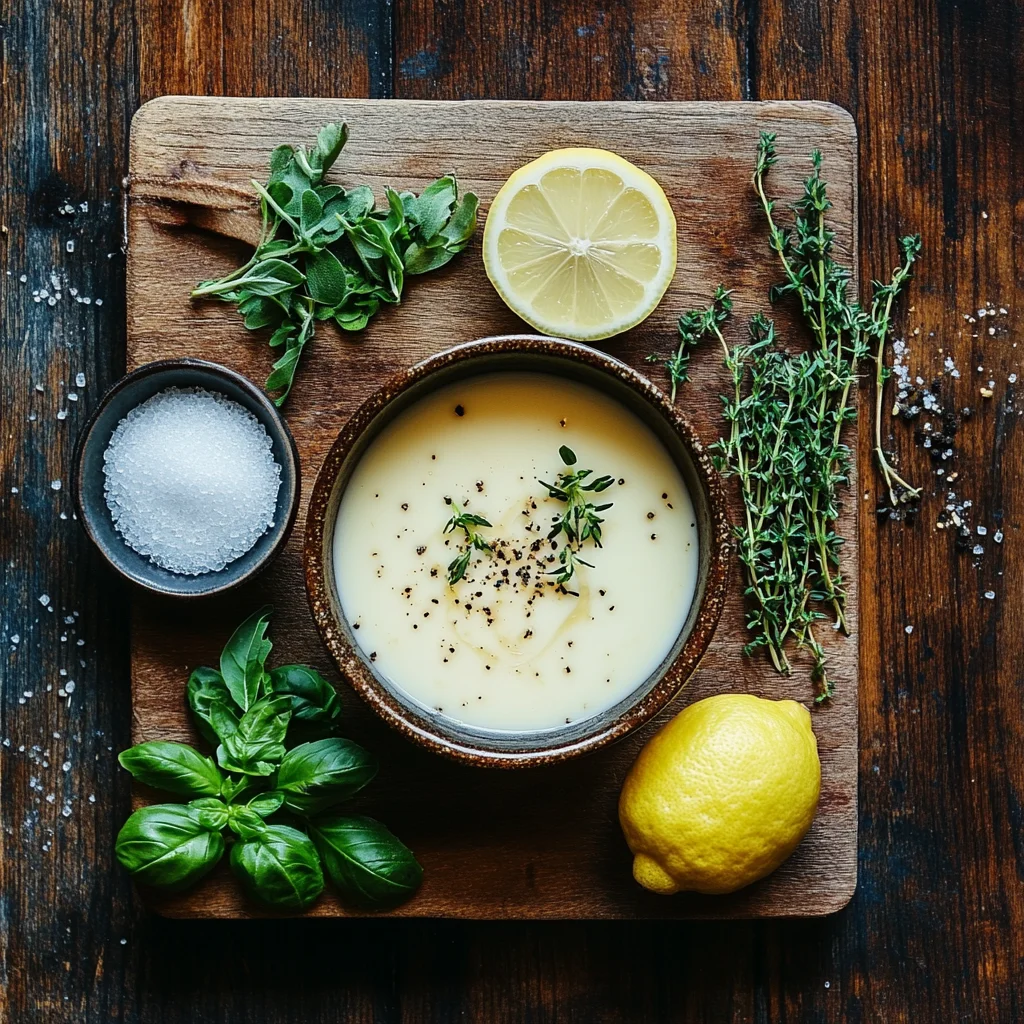
FAQs: Why Leek and Potato Soup Tastes Bitter (and How to Fix It)
How to make leek soup less bitter?
Leek soup can turn bitter for a few sneaky reasons, but thankfully, most are easy to fix.
Start by selecting fresh, firm leeks and trimming off the darker green tops. These parts are tougher and naturally more bitter, which can affect the overall flavor.
Always wash leeks thoroughly. They grow in sandy soil, and dirt often hides between the layers. If not cleaned well, that grit can lead to both bitterness and a gritty texture when cooked.
When sautéing leeks, keep the heat low to medium. Avoid browning them—light caramelization is fine, but if they darken too much, bitterness can develop quickly.
To mellow the flavor, add a touch of cream, butter, or olive oil near the end of cooking. The fat will help round out any harsh notes and bring out the soup’s natural sweetness.
How do you get rid of a bitter taste in soup?
Bitter soup can be disappointing, but you don’t need to start from scratch. There are several techniques to balance and neutralize bitterness. First, introduce a fat source like heavy cream, butter, coconut milk, or olive oil—these ingredients help coat the palate and soften bitter edges. Another great trick is to add a bit of sweetness: think a pinch of sugar, a drizzle of maple syrup, or even grated carrot or parsnip. You can also try adding a touch of acidity (like lemon juice, apple cider vinegar, or white wine) to brighten and balance the overall flavor. Finally, don’t underestimate the power of seasoning—sometimes a little more salt is all you need to bring harmony to the dish.
How do you fix bitter potato soup?
Potato soup can taste bitter if the potatoes are old, have started sprouting, or were overcooked and broken down too much.
The first step is prevention. Always use fresh, firm potatoes like Yukon Gold or red potatoes. These varieties are naturally sweeter and less starchy than russets, making them ideal for soups.
If your soup already has a bitter edge, focus on balancing it with richness and roundness. Add dairy—such as cream, milk, sour cream, or even a swirl of cream cheese—for a smoother, more comforting flavor.
For stronger bitterness, a pinch of sugar or some finely grated carrots can help counteract the sharpness naturally.
You can also finish your soup with a fresh herb garnish like chopped parsley or chives. This adds a touch of brightness and complexity that helps distract from any lingering bitterness.
How to fix bland potato and leek soup?
If your potato and leek soup tastes flat or bland, the key is to build more layers of flavor. Start by checking your seasoning—often, it just needs a touch more salt or freshly cracked black pepper. A squeeze of lemon juice or a splash of white wine vinegar can instantly liven things up. You can also add more aromatic ingredients: sautéed onions, garlic, thyme, or bay leaf all contribute depth. Don’t be afraid to finish the soup with something creamy or indulgent, like butter, cream, or even a drizzle of truffle oil. Topping it with crispy croutons, shredded cheese, or fresh herbs can also add texture and elevate the experience, transforming a humble soup into a flavorful winter delight.
Final Thoughts
Leek and potato soup is more than just a bowl of vegetables—it’s comfort food at its finest. But like many simple dishes, its success lies in the details. Bitterness isn’t a flaw in the concept—it’s usually a sign that one small step went sideways: a burnt base, a gritty leek, an old potato, or just an overpowering stock.
The beauty of cooking, especially during winter, is that it teaches us patience, attention, and balance. A bitter soup might be frustrating, but it’s also a gentle nudge to slow down, taste as we go, and respect the process. Once you learn to identify and avoid those bitterness triggers, you’ll find yourself consistently making soups that are velvety, rich, and deeply satisfying.
And the next time you curl up on the couch with a warm bowl in hand, you’ll know—it’s not just soup. It’s the reward for a little culinary care and a lot of love. If you’re looking to elevate that cozy moment even further, check out these tips on how to improve tomato bisque soup for a richer, more flavorful bowl.

